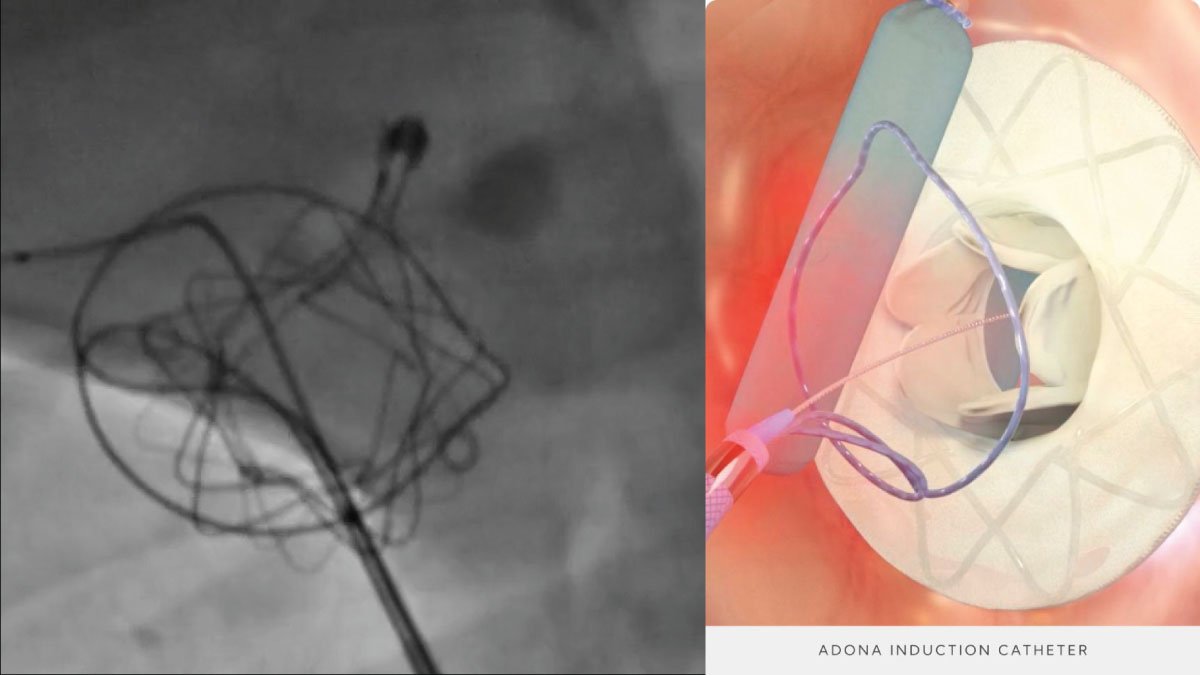Nervous System Monitoring Pioneered by UC San Diego Researchers

A research group at UC San Diego has led the way in developing a non-Invasive nervous system monitoring, marking a major breakthrough in diagnostic tools with significant implications for the advancement of medical technology. This development promises to improve diagnostic precision without the need for invasive procedures, ushering in a new era in patient care.
Revolutionary Non-Invasive Nervous System Monitoring
Researchers at UC San Diego have created a groundbreaking approach to monitor the involuntary nervous system, also known as the autonomic nervous system. This system oversees essential functions like heart rate, digestion, and breathing, all without any conscious effort. The new technology utilizes a unique approach known as magnetoneurography, which employs optical magnetometers to accurately detect and record nerve activity.
This technique stands out from conventional methods, which typically require invasive procedures to collect such information. It provides a safer, less painful option for patients. The non-invasive monitoring of the nervous system is expected to revolutionize diagnostics, enabling the early and precise detection of conditions such as autonomic dysfunctions. This is especially advantageous for patients with chronic diseases or conditions like PTSD, where early and accurate diagnosis is crucial.
Implications of Nervous System Monitoring for Medical Devices
The potential uses of this technology in medical devices are extensive. The field of wearable health technology, which is rapidly growing, could incorporate these sensors to continuously monitor nervous system activity. This would offer healthcare providers real-time information, facilitating prompt intervention if any abnormalities are detected. Additionally, this technology could be integrated into current diagnostic equipment, enhancing their functionalities without the necessity for invasive procedures.
For instance, in the operating room, this technique could be applied to monitor nerve function during surgery, thereby reducing the risk of nerve damage. Moreover, it could play a key role in the advancement of personalized medicine, where treatment plans are customized based on an individual’s nervous system activity, thereby improving patient outcomes.
Looking Ahead and Future Impact
The future of non-invasive nervous system monitoring looks bright. As the technology continues to develop, it is anticipated to become a standard component of diagnostic procedures, particularly in neurology, cardiology, and psychiatry. The integration of artificial intelligence and machine learning could further enhance the accuracy and predictive capabilities of these devices, leading to earlier diagnoses and more tailored treatment plans.
Furthermore, the adoption of this technology could significantly lower healthcare expenses by reducing the need for invasive procedures and shortening hospital stays. This is in line with the broader movement towards less invasive, more patient-friendly diagnostic tools in the medical field.
Conclusion
UC San Diego’s non-invasive method for recording the involuntary nervous system represents a significant advancement in diagnostic equipment. By offering a safer, more precise alternative to traditional methods, this innovation has the potential to transform the way medical professionals diagnose and treat a wide array of conditions. As the technology progresses, its applications are expected to expand, further integrating into the landscape of modern healthcare and pushing the boundaries of what is achievable in patient care.




















